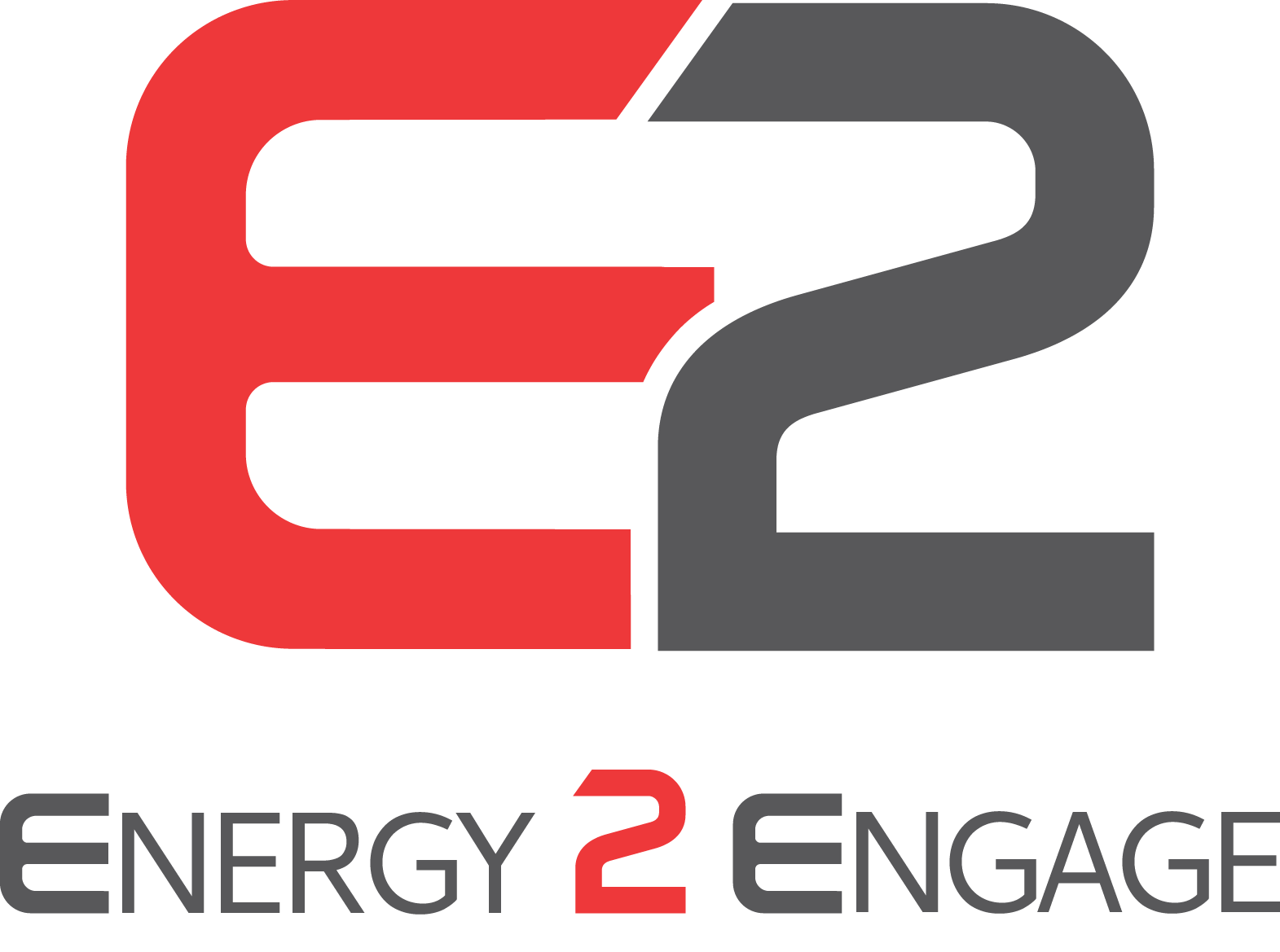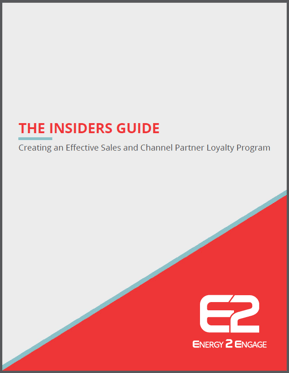How are sales rewarded (or not rewarded) in your business)? Focused business strategies typically enlist the help of either a sales incentive or a sales channel partner plan to help drive sales. No matter, which approach your company is currently utilizing, it can always be improved. In order to see full value in a sales program, you need to fully understand how each program works.

Sales Incentive Programs
In a Sales Incentive Program, your sales team is incentivized for reaching their goals.
With direct selling, that sales team targets and reaches out to clients or customers and then sells them your company’s product. There is no middle man – it is just your team and your customer.
Through indirect selling, a channel partner or “middle-man” is utilized and helps you or your team sell your products.
Both direct and indirect selling require building a sales strategy that turns leads into prospects and finally prospects into customers.
Common Problems with Sales Incentive Programs:
- It only rewards the outcome – not the effort involved along the way. Yes, a sale is always the end goal. But consider the work included in determining your target market, deciding the best way to reach them, actually engaging with them and finally closing the sale. Some business products can take months or even years to close. Effort put in today can yield high results a year from now – make sure your program is designed to keep your sales team motivated through the “building” phases as well.
- The program isn’t designed for new employees. Starting a new position at a new company can be daunting by itself. If your incentive program makes rewards out of reach for years for new employees – consider adding other areas to reward. Qualified prospects? Revising email campaigns? Fresh eyes can be a game changer in business – take advantage of this and give new employees a reason to jump in quickly.
- The program doesn’t allow for innovation and new tactics. A fresh set of eyes doesn’t have to just apply to new employees. Year after year of the same work tasks, it’s easy to fall into a rut. Reward your sales team for coming up with new ideas and strategies.
Sales Channel Partner Programs
Channel Partners should be viewed as an extension of your sales team. They are typically third party individuals or groups that have some sort of partnership agreement with your company. They agree to market and / or sell your product in exchange for some sort of compensation or reward.
The Channel Partner cycle consists of creating a channel partner strategy, recruiting channel partners, implementing promotions in those channel markets and then managing those results.
Common Problems with Sales Channel Partner Programs:
- There’s not enough communication across channels. Even though channel partners do not work directly for your company, they are still working for your brand. They represent your business even when you or your sales team is not present. Keep them in the loop about improvements, new products or offerings and special promotions that may help them sell more of your product.
- There isn’t agreement and transparency about your contract. It’s not an incentive program without incentives. Make sure you are clear in how your rewards structure is laid out so there are no questions later. Simplify the process if needed.
- There is no way to track goal progress. One of the best ways to motivate people is by showing them how far they have come or how close they are to their goal. Emails, portal graphics, phone calls or even snail mail are all great ways to keep your team informed of their goal progress.
How to avoid pitfalls in your program?
E2 changes the behaviors of sales reps and channel partners on a daily basis with a Sales Growth program that best fits your needs and pricing margins.
Rewarding your internal sales teams or external channel partners can come in many styles, including your branded company apparel, online leader board, and through a percentage of their purchase or sale as a re-loadable Digital Debit Card. A Digital Debit Card allows them to purchase whatever they want from retailers, providing instant gratification for items they truly want. This creates a cognitive connection between the item they purchased with their rewards and the sale they made.
Example: A sales rep is the first person to sell 15 of your newest item and gets Digital Debit Card rewards. With those rewards, they purchase a new tablet they've been looking at for a few months - every time they use the tablet, they will think of that sale (and future sales)!
Our model is structured in a Pay-For-Results style, when you reward them based on their actions and sales. There's a direct tie between your sales and the rewards to your internal and external teammates - creating a thriving business for you!




.png?width=900&name=CTA%20Rewards%20Program%20%20(2).png)